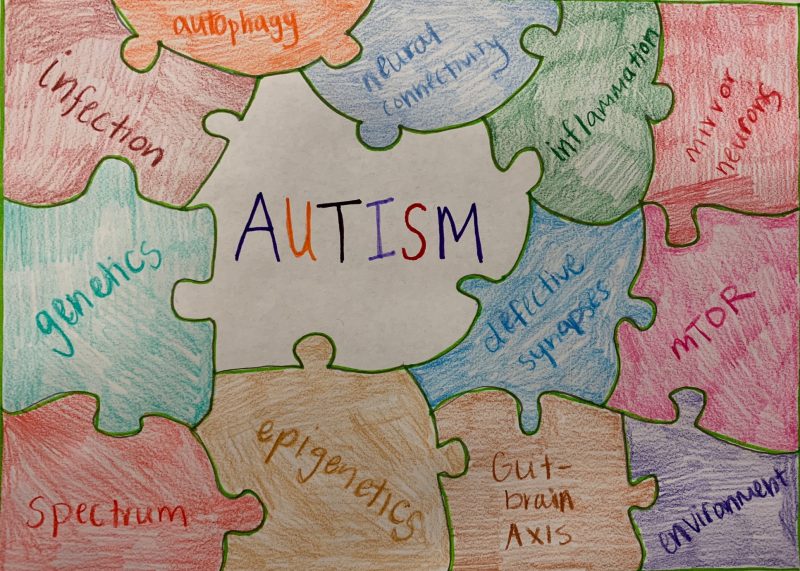Autism spectrum disorder, or ASD, is a neurodevelopmental disorder characterized by impaired communication, behavior, and social interactions. The name in it of itself brings us to the first thing you need to know about this disorder: it’s diagnosis and symptoms lie on a spectrum.
- Autism is a spectrum You may be asking yourself, what exactly does ‘spectrum’ mean in this case? I’m so glad you asked! With ASD, there are 3 known levels characterized by high functioning (level 1), autism (level 2), and severe autism (level3). The main differences across these levels include the support the person needs, the person’s communication and social skills, as well as their behavior (see image below). But again, remember, it is a spectrum disorder, which means it can be quite difficult to pinpoint which level any given individual might ‘fall into,’ considering their symptoms and how they behave change constantly. ASD is more fluid than most disorders because of this spectrum.
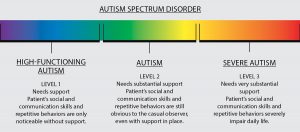
- One of the many causes of ASD has to do with neural connectivity. Essentially, what this means is there is an increased number of neurons in the brain, which decreases the connectivity and circuitry of neurons and synapses in the brain. In a normal brain, the number of neurons actually decreases over time, which strengthens the connectivity overall. This impairment in ASD patients has other cognitive effects and plays into other causes discussed further.
- The gut-brain axis is next. The gut-brain axis is how the gut, or the gastrointestinal tract, specifically communicates with the brain and CNS. There is still much unknown about the gut-brain pathway, but there has been research that shows that ASD individuals tend to have a less diverse gut microbiome (less carbs) and tend to have higher levels of “bad” bacteria. Along with this, there is also evidence for increased permeability in the intestines, which allow unwanted molecules to pass through the tight junctions. The GBA is so fascinating and plays a big role in epigenetic factors leading to Autism.
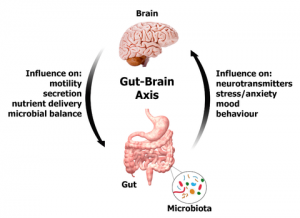
- Hey, did somebody say epigenetics? The role of epigenetics is crucial to understanding more about ASD. This notion of changes in gene expression leads to interesting findings related to ASD. Rett syndrome is another genetic disorder that has been found to always produce symptoms characterized by ASD. Along with Rett syndrome, is fragile X syndrome, which has genes located on the X chromosome. This could potentially relate to the fact that we find a predominance of males with ASD!
- It’s also important to understand the environmental factors associated with ASD. Zinc deficiency and immune dysfunctions can ultimately imbalance the excitatory/inhibitory (E/I) signaling in the brain due to glutamate dsyregulation. These environmental factors lead us right into number 6.
- Maternal infection. Along with possible prenatal viral infections, prenatal and perinatal stress, toxins, the mother’s age, and postnatal risk factors, it is important to understand possible maternal infections linked with the onset of ASD among the infant. It has been found that mothers who had children diagnosed with ASD were more likely to have two or more infections during pregnancy, with bacterial infections also leading to a greater risk of ASD.
- Another factor that is important to discuss with ASD, especially when it comes to symptomology, is mirror neurons. Mirror neurons help to explain why an individual is more likely to unconsciously copy another individual’s behavior. Think of the common saying, “stop yawning, you’re going to make ME yawn.” That’s right, you probably will, because of mirror neurons! This helps wrap our heads around individuals with ASD and how they behave and act-something isn’t working with their mirror neurons as many lack empathy, or know how someone around them may be feeling.
- Defective synapses: oh no! As mentioned above, the increased number of neurons increases the number of synapses and actually the excitability of the synapse itself. Essentially this means something isn’t working quite right and leading to symptoms of ASD. Along with this, come genetic factors such as neurexin, neuroligin, and SHANK. Individuals with ASD may have genetic deletions of the protein neurexin, as well as incorrect linkages between neurexin and neuroligin proteins (causing something to go wrong with synaptic transmission). Finally, SHANK is a protein that regulates dendritic shape, and in ASD, could be disrupted.
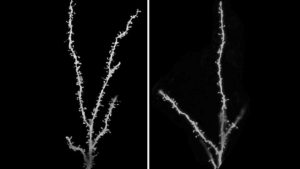
- It is known that there are elevated levels of cytokines in the brain that lead to inflammation. Cytokines are also linked with damage to the blood brain barrier and increased permeability. There have not been many studies on the link between inflammation and ASD, but it is critical to understand the role of cytokines and other neurochemical pathways outlined in ASD.
- Last, but not least, we have the mTOR pathway and autophagy. Critical to understanding ASD and putting the picture all together is the link between this pathway and autophagy. This pathway promotes cell growth and differentiation, however an overactive mTOR pathway leads to inhibition of normal autophagy degradation. Autophagy is the way the brain helps to degrade synapses and neurons, which means the brain is being poorly pruned, thus leading to ASD. Autophagy can also be related to the connectivity and defective synapses that are characteristic of ASD!
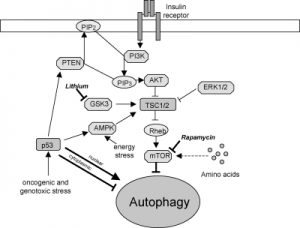
Now you hopefully know 10 more things about Autism than you did before reading this post, and are better able to fit the puzzle pieces together for the causes that lead to the disorder.
Image 1: http://discovermagazine.com/2017/jul-aug/autism-spectrum-disorder
Image 2: https://blog.kettleandfire.com/gut-brain-axis/
Image 3: http://overthebrainbow.com/blog/2017/2/16/autism-and-the-brain
Image 4: https://www.researchgate.net/figure/mTOR-dependent-pathway-with-drugs-acting-at-distinct-stages-in-this-pathway-enhancing_fig1_41620806
